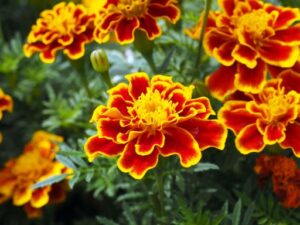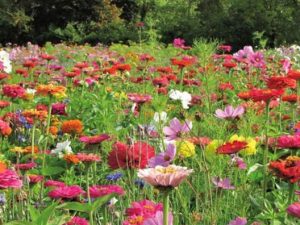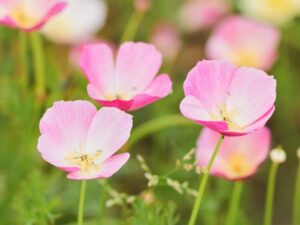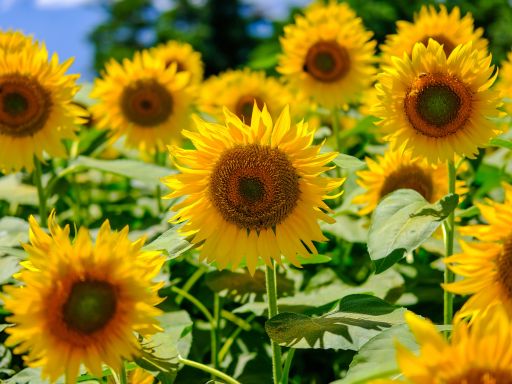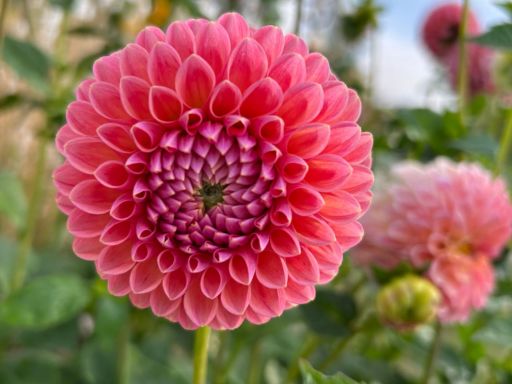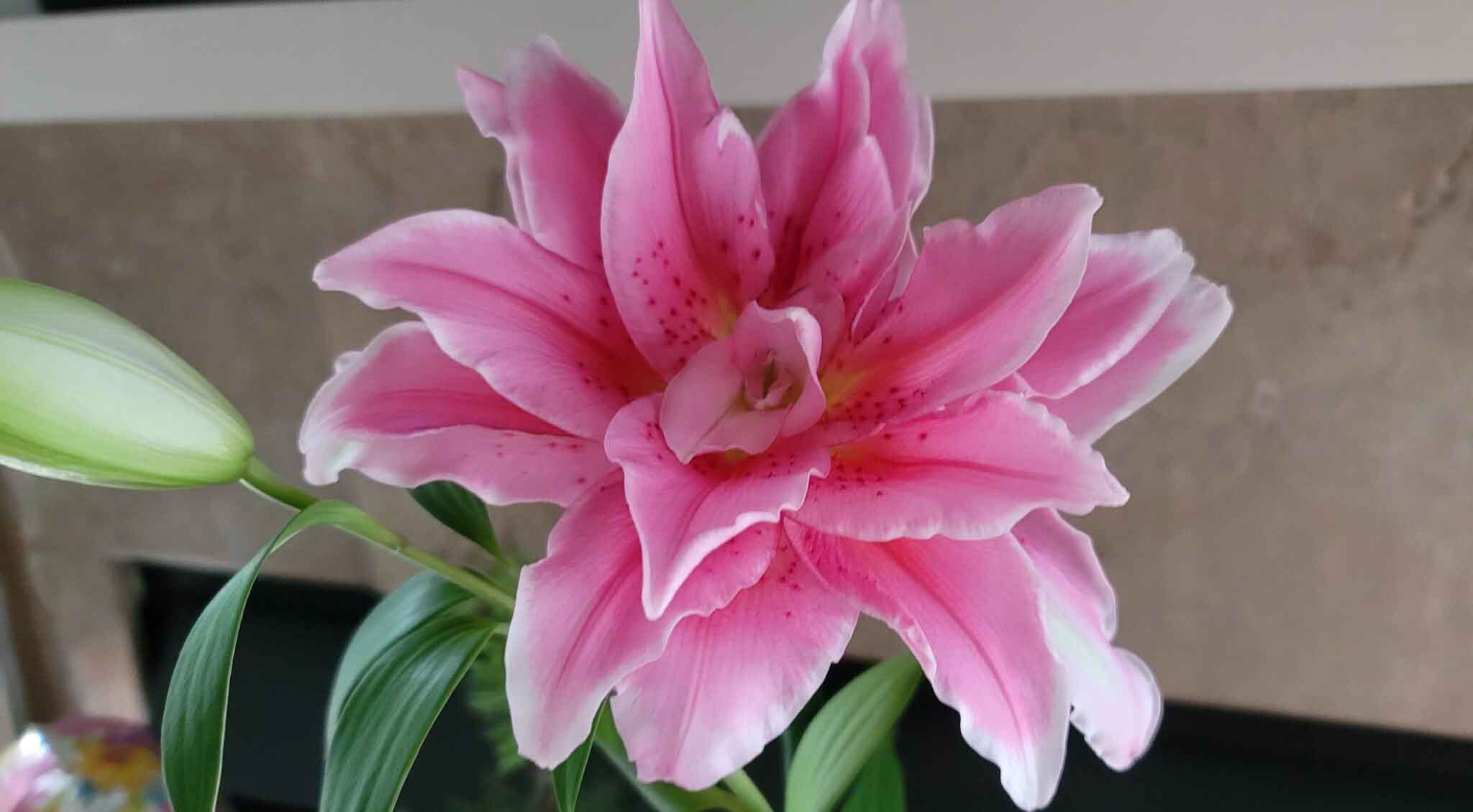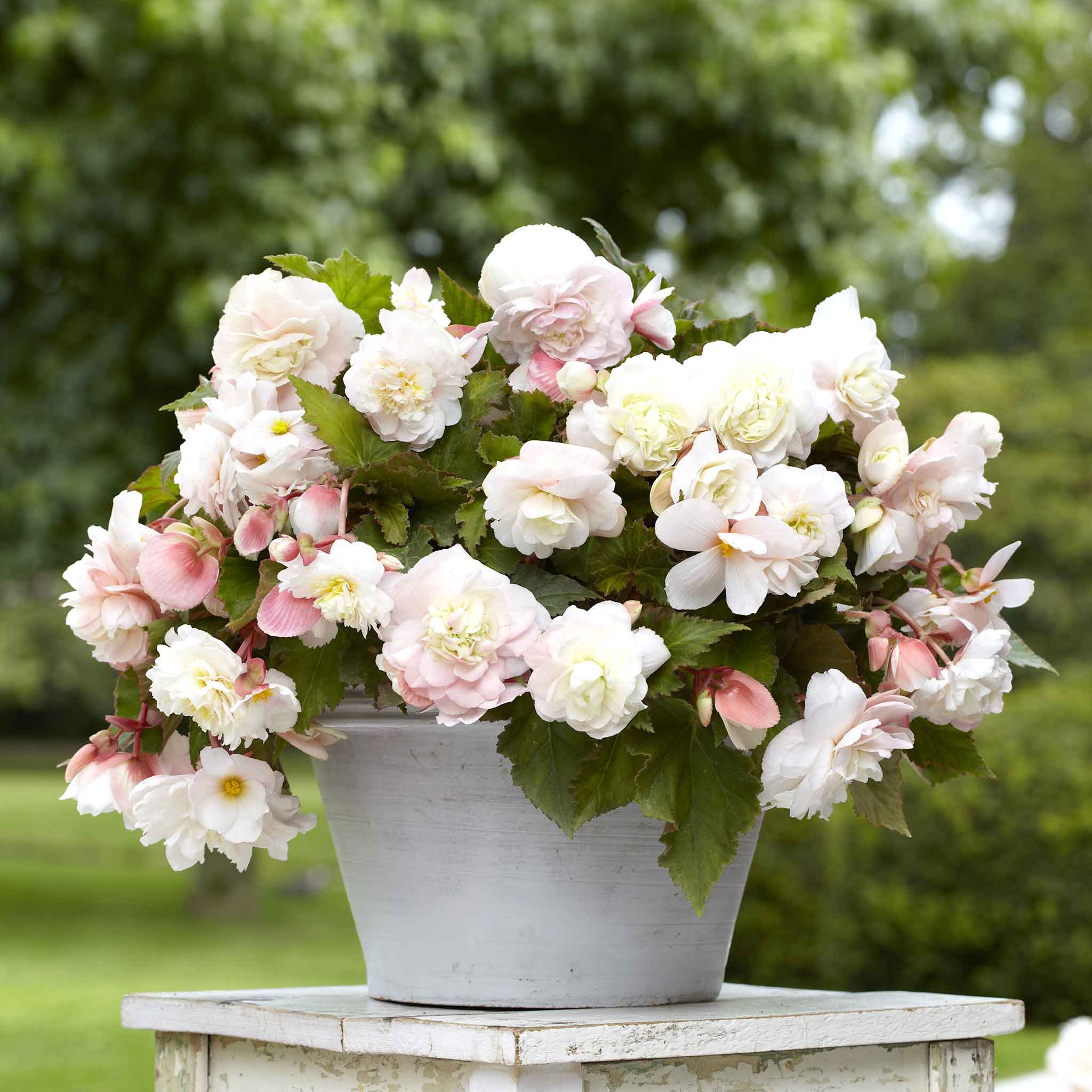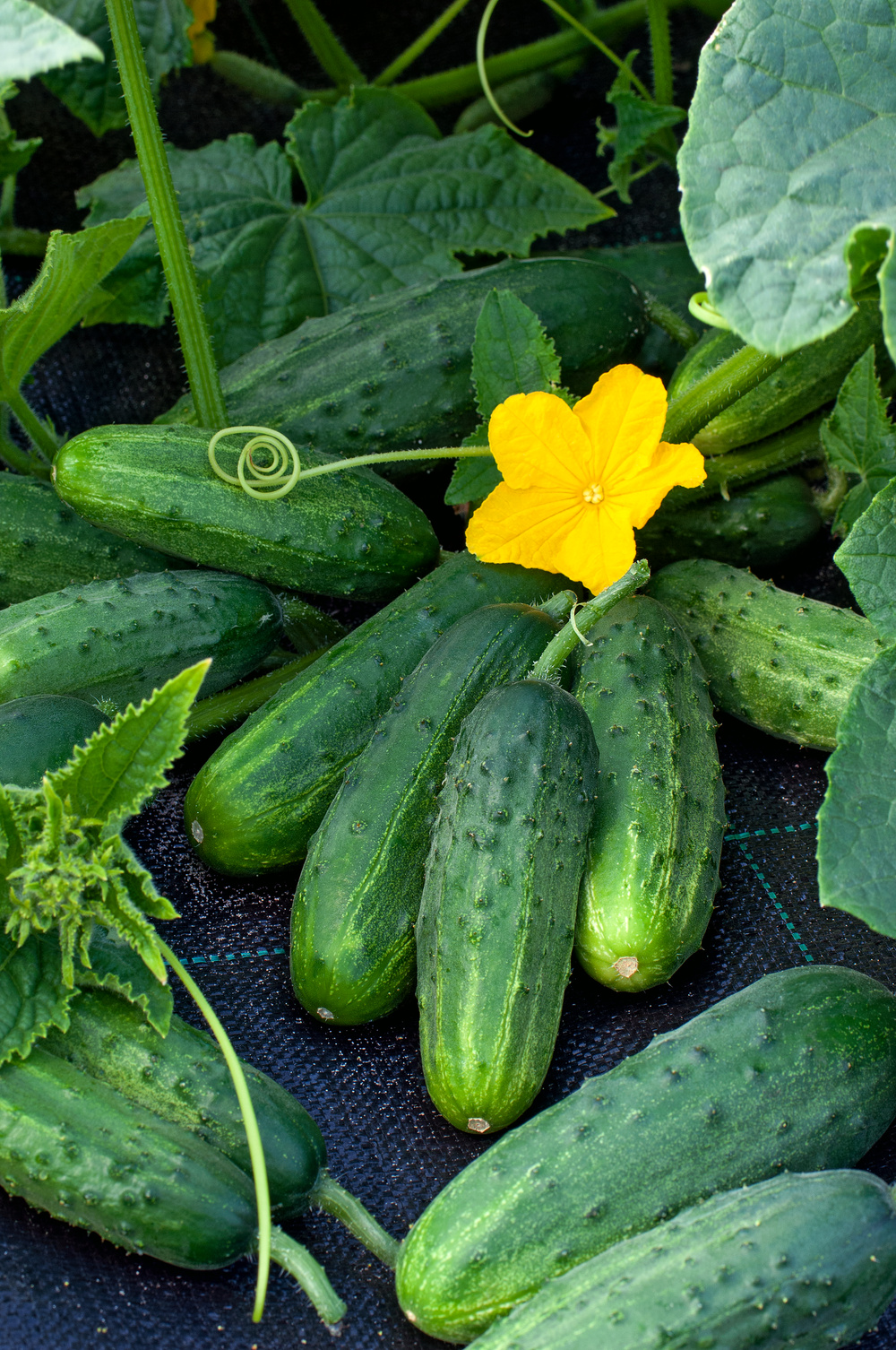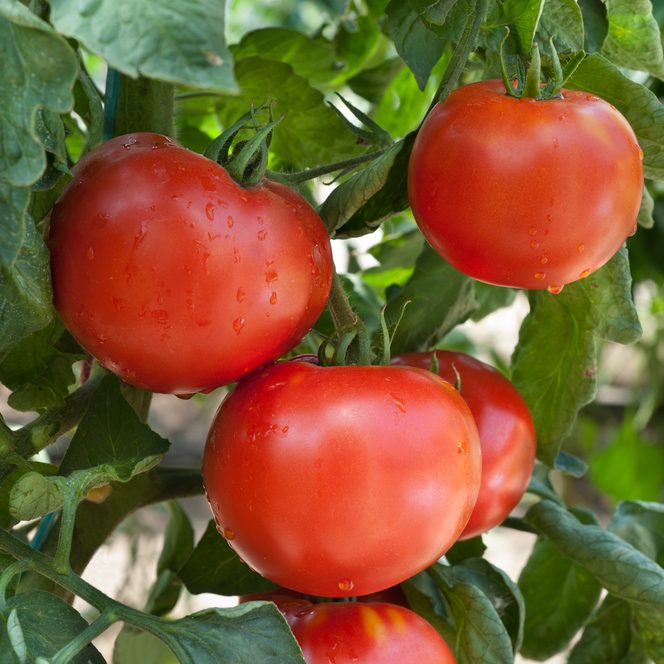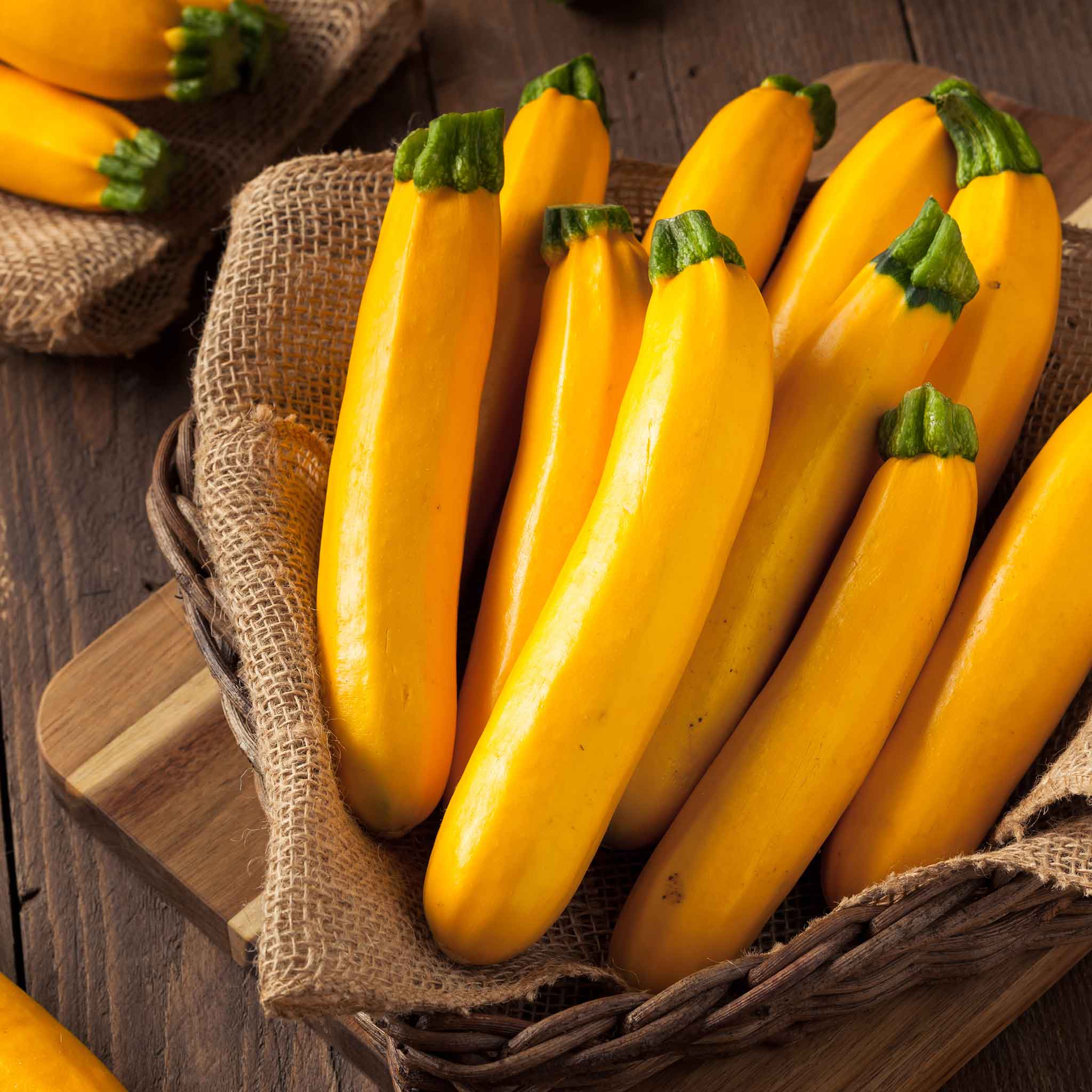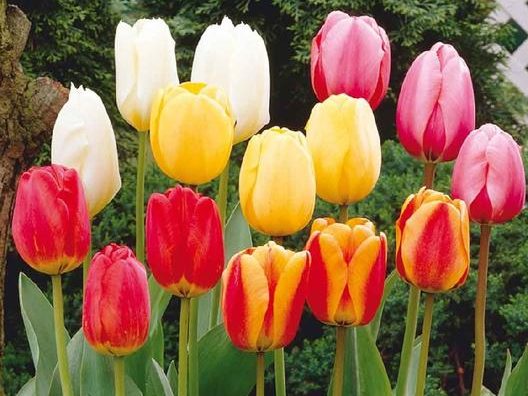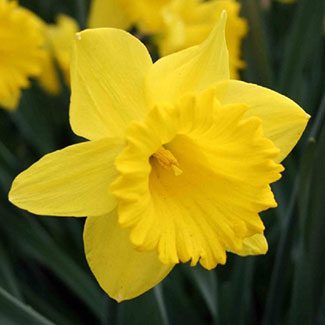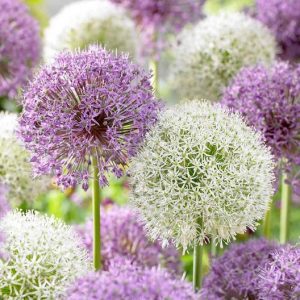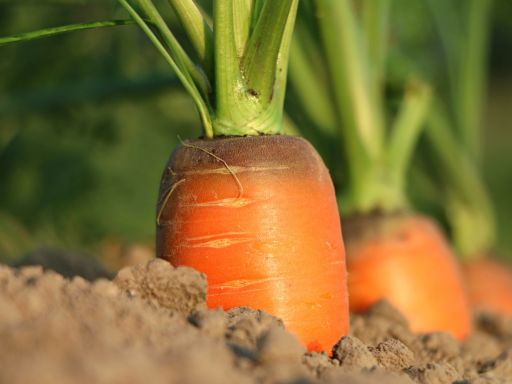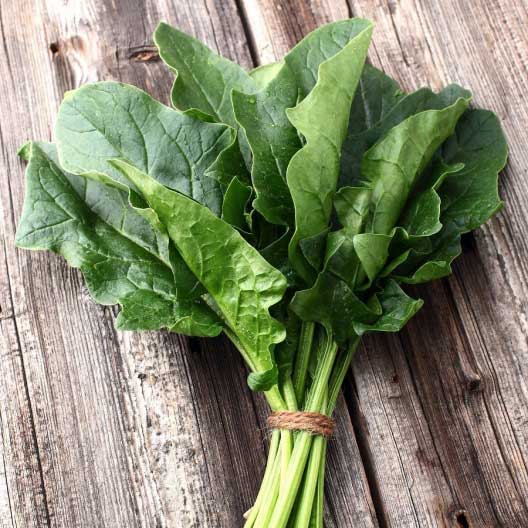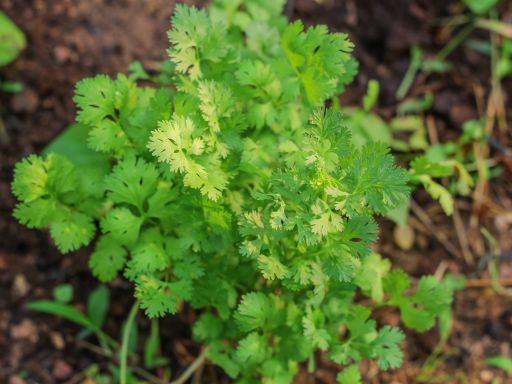Gardening in Zone 7
Zone 7 is a gardener’s dream, offering a moderate climate that supports a wide range of plants including a great diversity of flower seeds, fruit trees, and winter vegetables. With a growing season lasting from early spring to late fall, gardeners can enjoy a variety of long-lasting beautiful blooms, fruits, early spring vegetables, and heat-loving crops while cultivating cold-hardy edible and ornamental plants. It’s a versatile zone for gardeners looking for a vibrant garden year round! See Zone 7: Spring for garden projects and the best flowers and vegetables to plant during that season; and see Zone 7: Fall for gardening tasks and planting possibilities later in the year.
First and Last Frost Dates
To choose the right plants and determine ideal planting times, it’s important to know your area’s frost dates and minimum temperatures. This info can be found using the Eden Brother’s USDA hardiness zone map here.
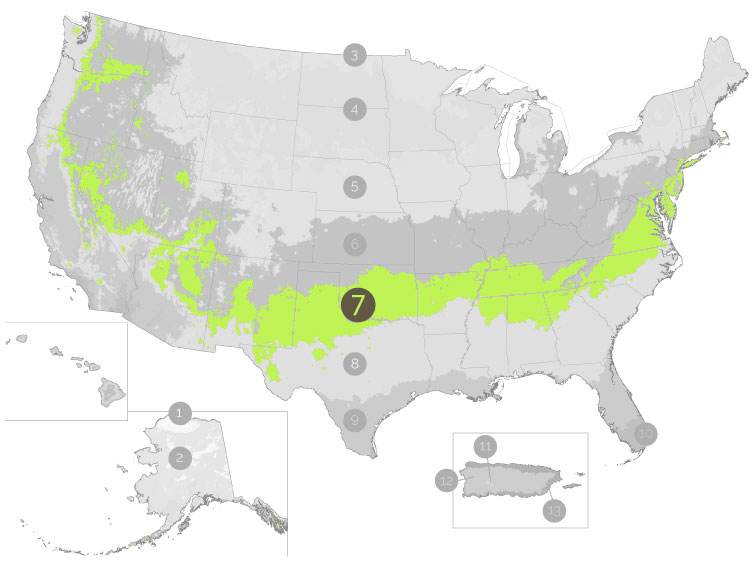
In zone 7, the first frost typically falls between September 30 thru October 30 and the last frost occurs between March 30 thru April 30.
Average Growing Season: 175 days
Winter lows can dip between 0°F and 10°F, which affects plant selection. States located in zone 7 include New Mexico, Oklahoma, Kentucky, Tennessee, Virginia, North Carolina, Delaware, Maryland, New Jersey, and parts of Washington state, Nevada, and Arizona. For a more detailed guide on plants that do well in zone 7, check out the “What’s Growing in Spring” or “What’s Growing in Fall” sections for specific recommendations.
Zone 7: Spring
Garden Maintenance and Projects
Let’s dust off those gloves because spring is a busy time for zone 7 gardening maintenance and projects.
Key tasks include:
- Prune – Trim dead or damaged growth from trees and shrubs before plants begin to grow.
- Soil Test and Preparation – Collect samples and amend soil to address fertility and pH issues. Loosen soil to improve drainage and prepare for the season’s planting.
- Plant – Start early spring vegetables and plant certain fruit bushes and trees suited to zone 7 once the ground has thawed. Hundreds of annual and perennial flower seeds can be planted in zone 7 during spring.
- Mulch – Apply mulch to retain moisture and suppress weeds.
- Divide Perennials – This can promote healthy growth and prevent overcrowding.
What’s Growing in Spring?
Gardeners in zone 7 enjoy a large variety of plants that begin to emerge and bud as temperatures warm. Edible and ornamental trees begin to leaf out, perennial flowers pop, and winter vegetables begin to grow again as the soil warms. Some common favorites are peonies and hostas. Other more unexpected varieties you’ll notice are columbine and bleeding hearts.
Flower Seeds to Plant in Spring
Springtime in zone 7 is perfect for planting unique flowers that thrive in the milder climate.
Start these varieties indoors before the last frost:
Flower seeds to direct sow:
Direct sow pansies, sweet pea, larkspur, and poppies just before the last frost and zinnias and ornamental basil after the risk of frost has passed. Sunflowers can also be directly sown after the frost, offering tall, bright blooms that follow the sun’s movement and provide food for pollinators and wildlife.
Flower Bulbs to Plant in Spring
While many flower bulbs are planted in fall in zone 7, several bulbs and corms can and should be planted in spring. Varieties that do not require a chilling period and can be planted in spring include:
Vegetables and Herbs to Plant in Spring
Zone 7 can accommodate a variety of vegetables and herbs started indoors or directly sown into the garden. Cold-hardy plants and early spring vegetables in zone 7 to consider:
- Direct sowing (can tolerate some frost): peas, spinach, arugula, turnips, radishes, carrots, beets, and lettuce
- Direct sowing (after last frost): beans, cucumbers, melons, and squash
- Indoor starts:
- Early spring heading vegetables like broccoli, cauliflower, and brussels sprouts
- Warmer season plants like tomatoes, basil, eggplant, corn, and peppers should be started indoors in spring and planted out after the risk of frost has passed
- Perennial herbs like thyme, oregano, sage, marjoram, and rosemary can be planted out after the last frost
- Perennial vegetables like asparagus and sorrel should be planted after the last frost. Once established, they will produce for several years. Artichokes can also be planted in spring and harvested the following year and for years to come.
Other Springtime Planting Possibilities
Many other plants can thrive in zone 7 including fruit trees like peaches, plums, and other stone fruits. Strawberries, blueberries, and other berry varieties can also be planted in spring. Cold-hardy ornamental plants like peonies, daylilies, magnolias, and hostas can add beauty and diversity to your garden. Additionally, consider microgreens such as kale, arugula, mustard, peashoots, and radishes for a quick spring harvest. Ornamental grasses such as Pampas Plume White and Mexican Feather Grass can be established in the spring for year-round beauty and structure in the garden.
Looking Ahead to Summer
Time to roll up our sleeves as early summer brings important tasks for the zone 7 gardener like regular watering, providing fertility to plants, and managing pests. Be sure to prune deadwood from shrubs and deadhead any spent flowers in zone 7 to encourage healthy growth and regrowth. Summer heat means vining plants and weeds are off to the races. Stay on top of weeding and provide appropriate trellises and structures for plants as they grow.
Zone 7: Fall
Garden Maintenance and Projects
In zone 7, several garden maintenance tasks and projects that are important to focus on:
- Clean up garden debris to prevent pest and disease buildup
- Mulch around plants to insulate roots through the winter
- Seed cover crops in late fall to preserve soil structure and add nutrients
- Divide perennials like hostas and daylilies to prevent overcrowding
- Harvest and store crops like winter squash, rutabaga, sweet potatoes, and potatoes
What’s Growing in Fall?
As summer winds down and temperatures begin to drop, we will commonly see asters, mums, coneflowers, black-eyed Susans and dahlias painting the zone 7 landscape. These varieties come in a wide range of colors and continue to attract pollinators to the late-season garden. We also enjoy cold-hardy vegetables like kale, turnips, spinach, and carrots that take on an even sweeter taste when they are touched by frost.
Flower Seeds to Plant in Fall
Several flower seeds do well when planted in late fall for an early and strong spring start. Consider direct seeding these flowers:
Other seeds can be started as transplants indoors late summer/early fall and moved outside for a brief showing of fall color:
Flower Bulbs to Plant in Fall
The following bulbs should be planted in the fall in zone 7 to establish strong roots for spring or late summer blooms:
- Spider lilies
- Tuberose
- Tulips
- Daffodils
- Alliums
- Hyacinth
- Fritillaria
Peonies are known for their longevity with fragrant, lush blooms that come in a range of colors. These stunning perennials are well-suited to zone 7 and should be planted in fall, allowing roots to establish before winter.
Vegetables and Herbs to Plant in Fall
In zone 7, late summer and early fall are ideal times to plant cold-hardy plants and winter vegetables that can thrive in cooler temperatures and overwinter for an early spring harvest.
Direct sow:
- Winter vegetables like radishes, arugula, spinach, kale, rutabaga, turnips, and carrots can be directly seeded and harvested in the fall. Some may even survive winter with minimal frost protection.
- Herbs like cilantro are great for early fall planting and can be harvested in late fall and into the winter months, often overwintering for spring harvests. Chives can be seeded in fall for spring growth.
- Garlic should be planted in early November for a summer harvest the following year
- Rhubarb can also be planted in fall for spring harvests.
Other Fall Planting Possibilities
- Ornamental grasses including foxtail millet, and our annual ornamental grass mix can be sown in the fall, leading to stronger growth in the spring.
- Microgreens such as radish, mustard, and kale can be grown indoors or outdoors for a quick harvest, as they thrive in cooler temperatures.
Looking Ahead to Winter and Early Spring
As winter approaches in zone 7, prepare by mulching cold-hardy plants to protect them from freezing. Clean, sharpen/oil, and store all garden tools for the following season. Prune deciduous trees and shrubs, removing dead or damaged wood in zone 7 for better production the following season. In early spring, start seeds indoors for early spring vegetables like broccoli and Brussels sprouts and direct sow salad crops and root vegetables into soil once the ground thaws.
